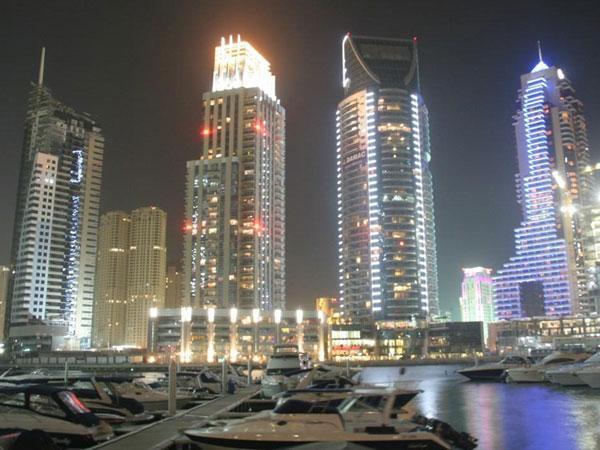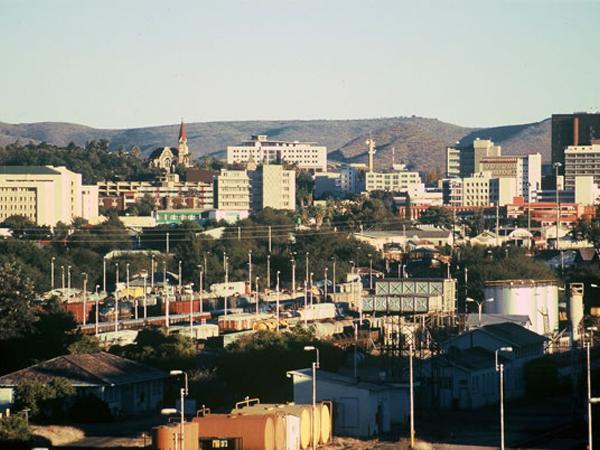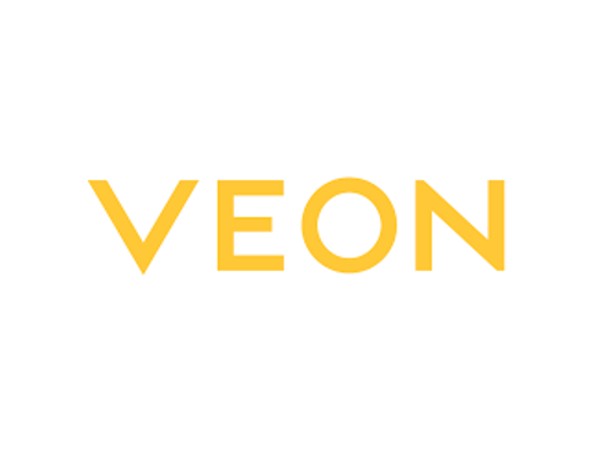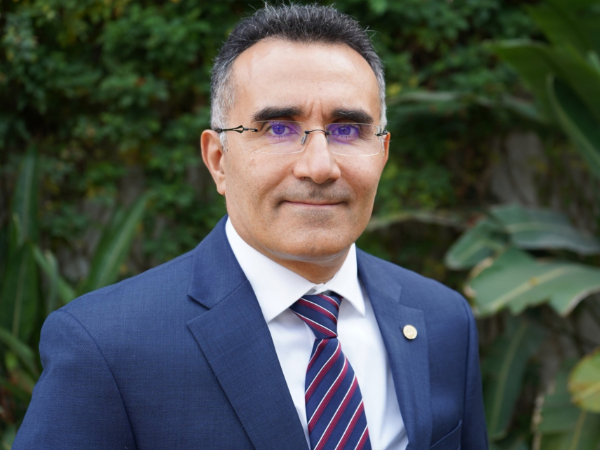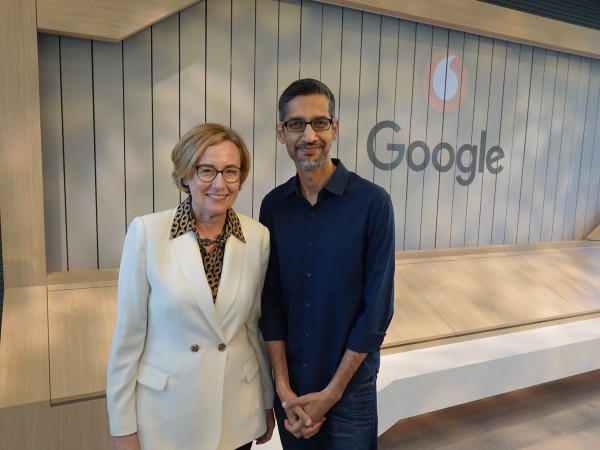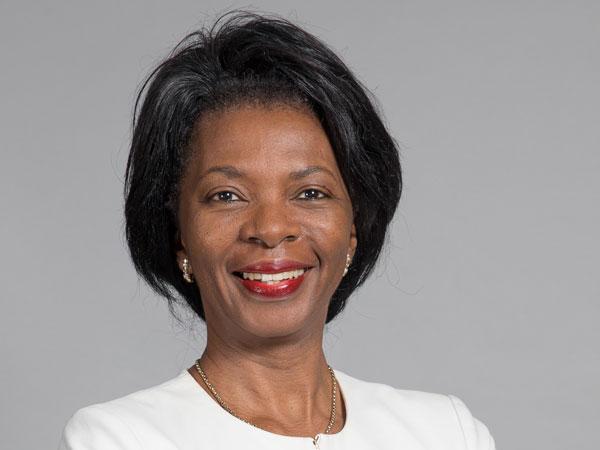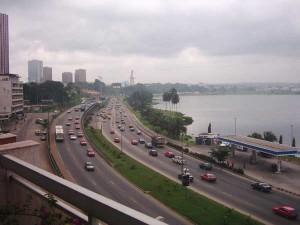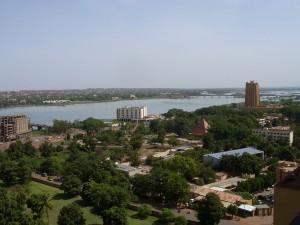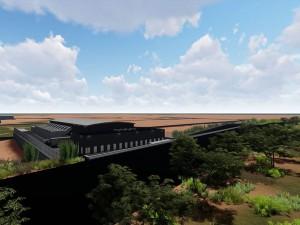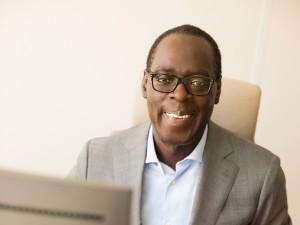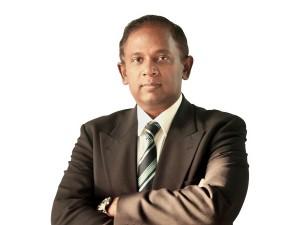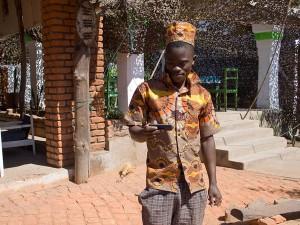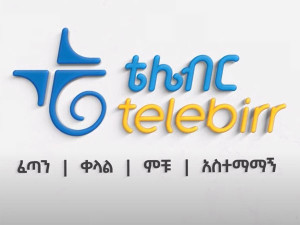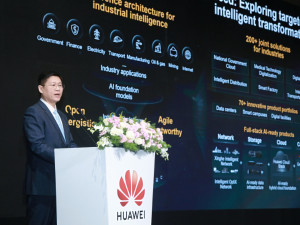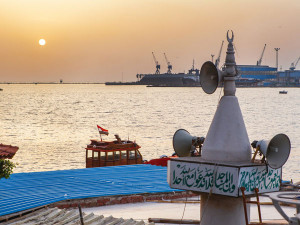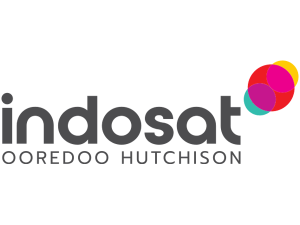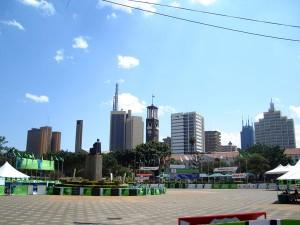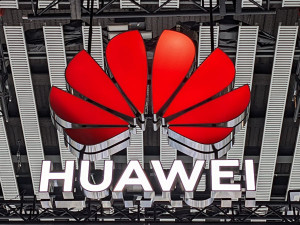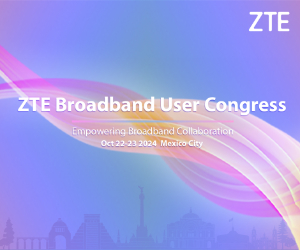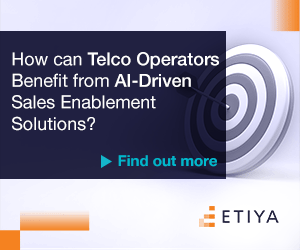It’s no secret that many emerging markets suffer from a digital inclusion gap, but building a business case around correcting this can be challenging. We caught up with Elisabeth Medou Badang, Senior VP of Orange Middle East and Africa, to discuss the operator group’s Digital Centres and how a strategy focused on the benefits of connectivity is key to driving demand.
Could you provide an overview of Orange’s activities in Africa and the Middle East?
We operate in 18 countries across Africa and the Middle East, and we have around 128 million customers. We provide telecommunication services and financial services via Orange Money, which at the end of December last year had around 58 million accounts open. Of these, 40% are used on a monthly basis. Apart from this financial service offering, we have moved from more traditional telco services to become a more multi-service provider, with equipment such as solar kits to improve access to electricity. This is available in just under half of the countries in Sub Saharan Africa.
What is Orange doing to address digital inclusion in the Africa/Middle East region?
We try to leverage our networks in the continent, including digital transformation opportunities to improve access to basic and essential services, whether this is voice, data, financial services, agriculture or education, which we consider to be paramount to digital transformation. We have projects around this area; connectivity is obviously the foundation on which we build everything, and then in the service layer we have mobile money, education, and other services – but for people to take advantage of this, they need the right device, and this is the aim of what we’re doing. We’re pushing in all these areas to make sure that digital inclusion can become a reality, and to make sure that this applies to people living in both urban and rural areas. We try to make our approach as inclusive as possible because we consider this the best way to make this a driver for socio-economic growth in this part of the world.
What’s driving the advancement in these regions?
We have seen strong improvement in terms of connectivity; according to GSMA statistics, more than 70% of the population in MEA have access to mobile broadband. This is an average, but it’s the same in our footprint, and we have some countries like Senegal where access is more around the 90% mark. There has been a strong increase, especially given that 3G was launched not that long ago. Development has been impressive in terms of connectivity, but having said that the number of antennas is growing but around 40% of the population in connected areas is still not using the internet. One of the barriers we see is access to the right device – these must also be affordable; again, according to the GSMA, the average cost of an entry-level smartphone is around 60% of the average monthly income of people in these regions. This is a big challenge, and we try to address this via partnerships – the latest one was with Google.
If customers have the device and the connectivity, they need to find the right service – one that can provide real value. We therefore try hard to develop innovative ecosystems with new services around agriculture, health and education. Most of the content is not produced on the continent, so access to international content is still a strong driver of internet usage. There are a lot of projects going on around subsea cable, and we try to be part of these. There’s also the challenge of connectivity within the continent; sometimes the limitations are around regulations between countries but even so there’s a lot of development around these areas.
As far as operators are concerned, it doesn’t make sense to provide coverage in areas without demand, but this can create a vicious circle. Does it come down to digital inclusion initiatives to demonstrate demand and drive connectivity?
We have seen from our own experiences that these initiatives pay off – if you look at the increase in internet penetration, five years ago it was around 20% in our footprint and it’s now double that. With Covid and its effect, we have seen acceleration of mobile and fixed broadband in the past two years – growth has been much faster even than for mobile broadband. The demand is there; it’s up to operators to find the right value proposition that is meaningful and affordable for people, but that also makes economic sense. The need is there – there’s a lack of infrastructure and access, but the potential of growth is huge, we just need to make it economically viable for both the customer and the provider.
How do your ventures deliver in this regard?
Our Digital Centres address one of the main challenges that the continent is facing; it has a fast-growing and young population – almost half of the population of SSA is under 20 – which means there’s a lot of potential provided you are able to educate them and create enough employment for them. The Digital Centres are trying to address these two challenges. We must make sure that people are trained so that they can use and eventually create services, developing their own businesses, so Digital Centres are a way of contributing to this. We have the “fab lab” where people can prototype their ideas using equipment such as 3D printers that would otherwise be inaccessible. We provide them with ICT-related training, but we also accelerate start-ups and even provide funding in their early stages with Orange Ventures Africa, which is dedicated to providing support for new businesses. The centres are aimed at enhancing the digital employability of young people across Africa and the Middle East, and the concept is even being deployed in more developed countries. There are successful centres in Tunisia, Senegal and Cameroon, and there is a lot of enthusiasm for the initiatives which is very promising.
How do you see digital inclusion unfolding in the near future, and what do you think it will enable?
If we look at the existing trend, I am optimistic that the situation will continue to improve. At the same time, there are some specific challenges as you try to reach the ‘last billion’ and these are more around finding the right business model. We’re seeing more partnerships develop around areas such as rural coverage; even five years ago, there were very few operator partnerships around infrastructure sharing – you did it all yourself. Now there’s a lot more sharing with the rise of towercos in Africa, and we see more cooperation, with conversations around national roaming. Mindsets are changing, new technologies are entering the picture, and most operators and governments are realizing the need to reduce the digital gap. There’s a willingness to explore new ways of operating, and to invest in this – Orange is investing US$1 billion every year, and there isn’t a slowdown in investment from other players. There’s an appetite among newcomers, and regulators are trying to facilitate access because governments have realised that if you don’t improve digital inclusion, it widens the gap in terms of education – and if people remain excluded, their situation will be a lot worse than it is currently. There are a lot of challenges but increasingly there is a will to join forces to address these and make digital transformation beneficial to the socio-economic growth of the continent.

